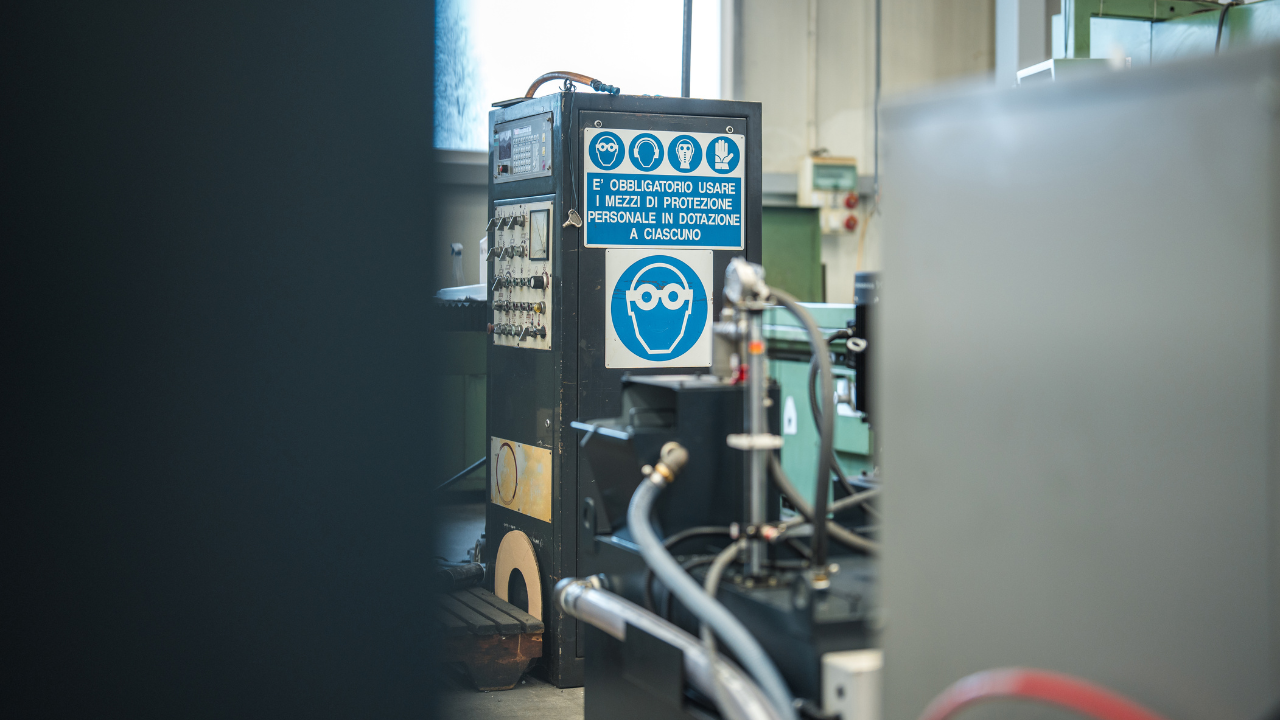7 Costly Causes of Nozzle Wear
Jon Barber
Maybe you’re thinking to yourself that the waste and inefficiency caused by using worn spray nozzles just can’t be all that significant. If so, it’s time to change your thinking and determine if nozzle wear is a problem in your operations. Like many other processors, you may discover that you are wasting millions of gallons of water, thousands of gallons of chemicals and incurring many other unnecessary costs due to using worn nozzles.
Once you appreciate the magnitude of the issue, you should be motivated to take immediate corrective action.
They may look simple enough, but spray nozzles are highly engineered precision components that can wear over time or suffer damage during normal operations or even cleaning. These are the most common problems that cause sub-standard spray performance:
Causes of Spray Nozzle Troubles
Erosion/wear
Gradual removal of metal causes the spray nozzle orifice and internal flow passages to enlarge and/or become distorted. As a result, flow usually increases, pressure may decrease, the spray pattern becomes irregular and liquid drops become larger.
Corrosion
Spray nozzle material can break down due to the chemical properties of the sprayed material or the environment. The effect is similar to that caused by erosion and wear, with possible additional damage to the outside surfaces of the spray nozzle.
High temperature
Certain liquids must be sprayed at elevated temperatures or in high-temperature environments. The spray nozzle may soften and break down unless special temperature-resistant materials are used.
Caking/bearding
Build-up of material on the inside, on the outer edges or near the orifice is caused by liquid evaporation. A layer of dried solids remains and obstructs the orifice or internal flow passages.
Accidental damage
Damage to a nozzle orifice can occur if a spray nozzle is dropped or scratched during installation, operation or cleaning.
Clogging
Unwanted solid particles can block the inside of the orifice. Flow is restricted and spray pattern uniformity disturbed.
Improper re-assembly
Some spray nozzles require careful re-assembly after cleaning to ensure that internal components, such as gaskets, O-rings and valves, are properly aligned. Improper re-assembly causes leaking and inefficient spray performance.
To identify worn nozzles, look for these clues:
Quality control issues and increased scrap
Worn, clogged and damaged spray nozzles will not perform per specification, and can result in uneven coating, cooling, cleaning, humidifying and drying.
Increased maintenance time
Unscheduled spray system downtime, or an increase in cleaning frequency, is an indicator of spray nozzle wear.
Flow rate change
The flow rate of a spray nozzle will increase as the surfaces of the orifice and/or the internal core begin to deteriorate. In applications using positive displacement pumps, the spraying pressure will decrease as the spray nozzle orifice enlarges. Even small changes in flow rate can have a negative impact on quality, so routine monitoring can reveal potential problems. But in some instances, the spray pattern will look fine — so it will be necessary to actually collect and measure the spray fluid output in order to reveal wear.
Deterioration of spray pattern quality
When orifice wear occurs in hollow cone spray nozzles, spray pattern uniformity is destroyed. Streaks develop and the pattern becomes heavy or light in the circular ring of fluid. In full cone spray nozzles, the pattern distribution typically deteriorates as more liquid flows into the center of the pattern. In flat fan sprays, streaks and heavier flows will be visible in the center of the pattern and the effective spray angle coverage will decrease.
Spray drop size increase
Liquid flow will increase, or spraying pressure will decrease, as nozzles wear. The result? Larger drops and less total liquid surface area. This is tough to detect visually, so if you suspect a problem, arrange for drop size testing.
Lowered spray impact
Worn spray nozzles operate at lower pressure, generally resulting in lower spray impact. (Ironically, in applications with centrifugal-type pumps, impact may actually increase because of increased flow through the spray nozzle.) Special testing may be required.
More from Jon Barber on Nozzle Wear.
Related Articles

OEE: Overall Equipment Effectiveness
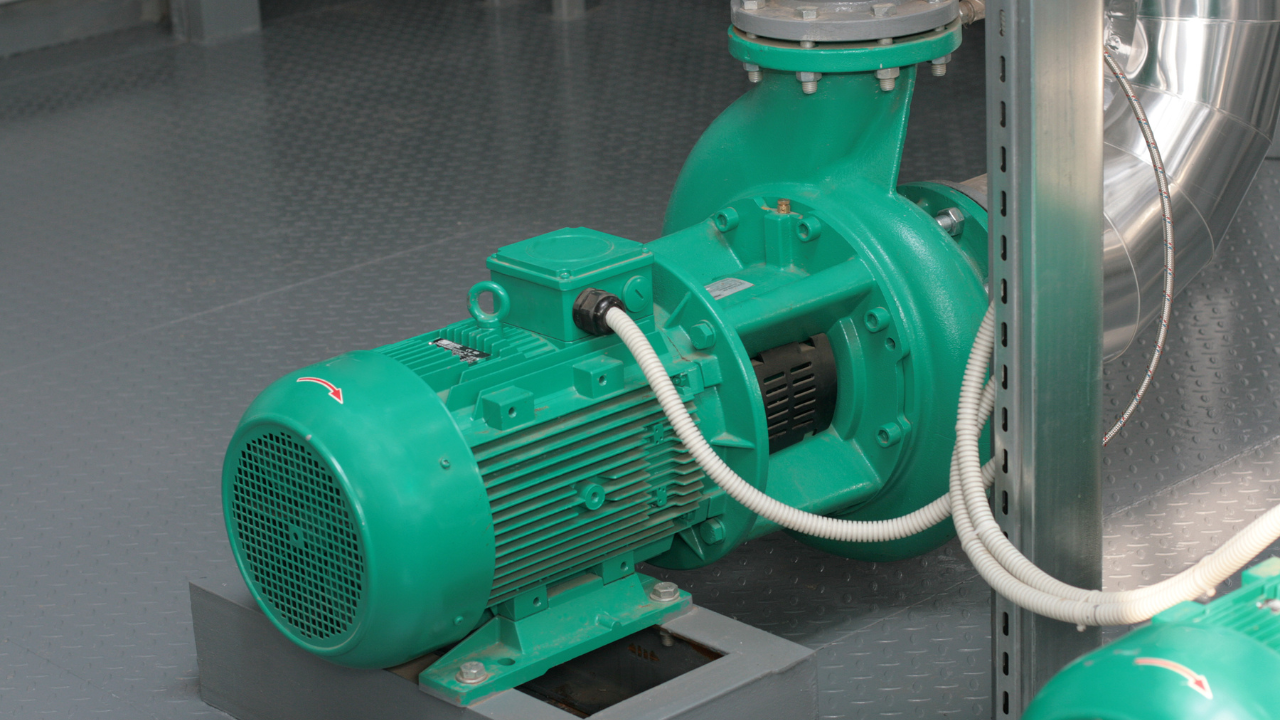
What the Pump Was Designed to Do and Why it Doesn't Do it
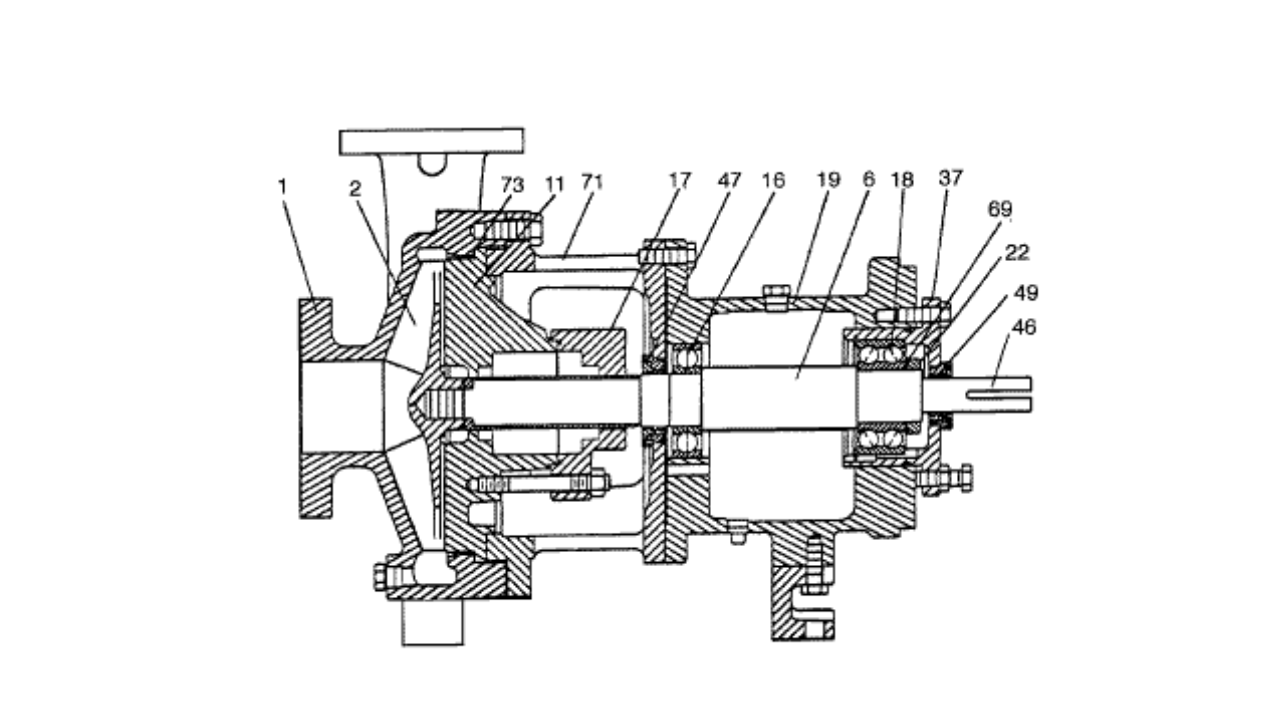
What is Wrong with the Modern Centrifugal Pump?
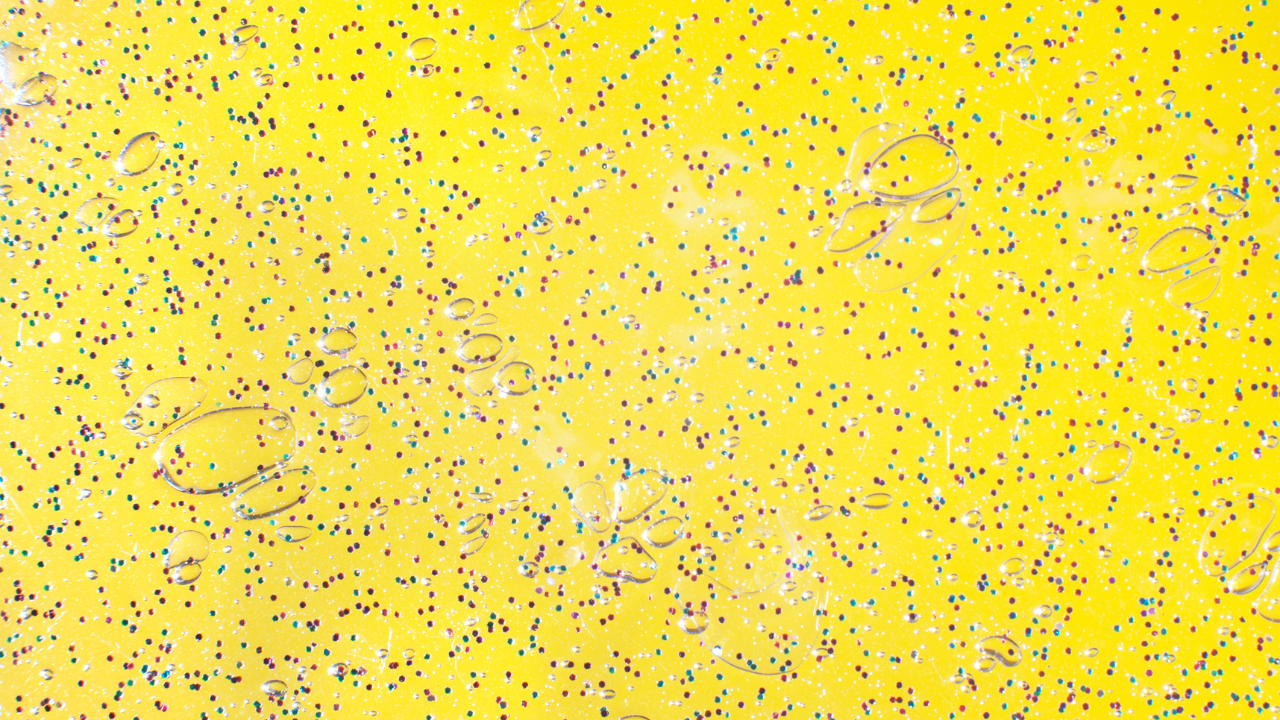
Digging Up Savings: Go with the Flow
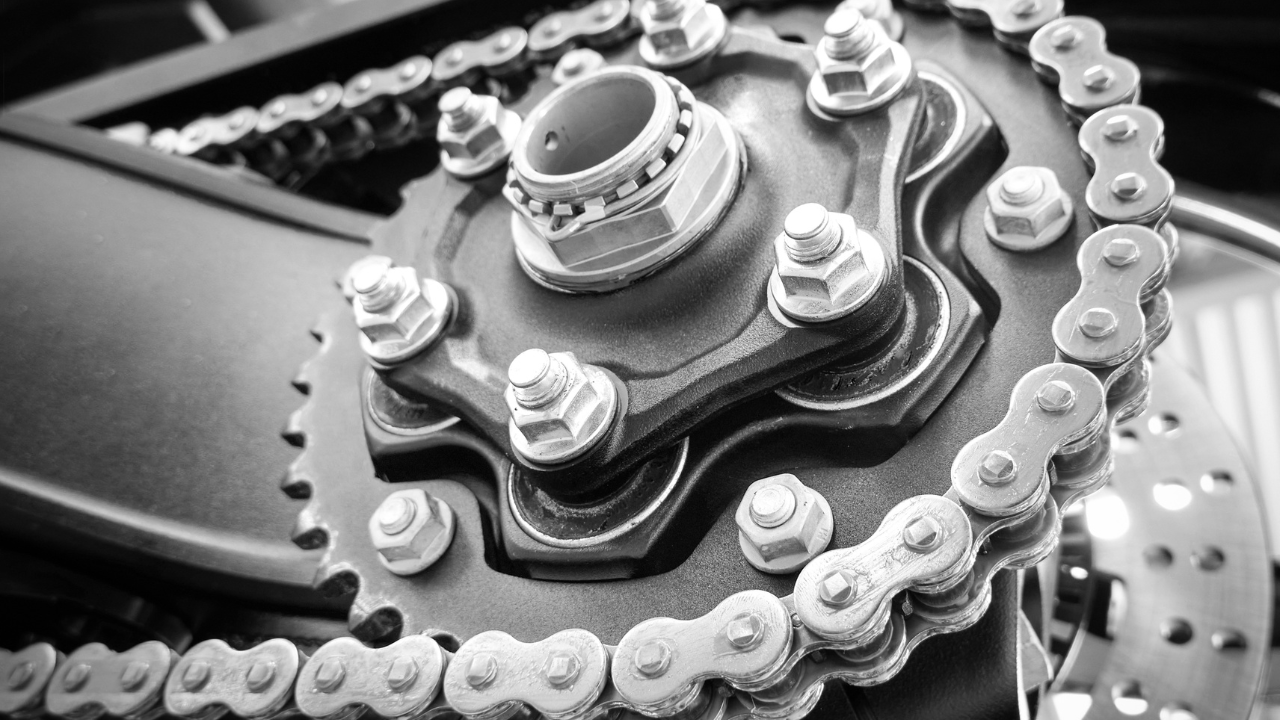
Chain Drive Design Recommendations
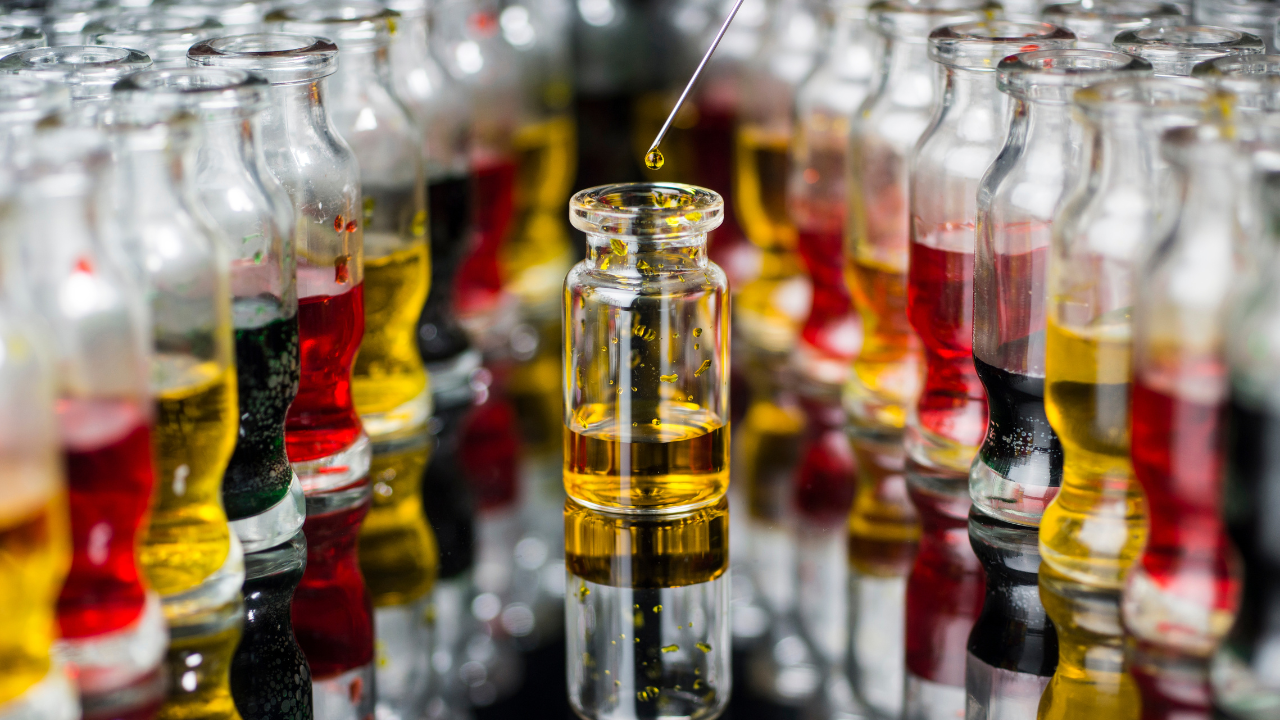
Classifying Chemicals to Assure Effective Sealing
